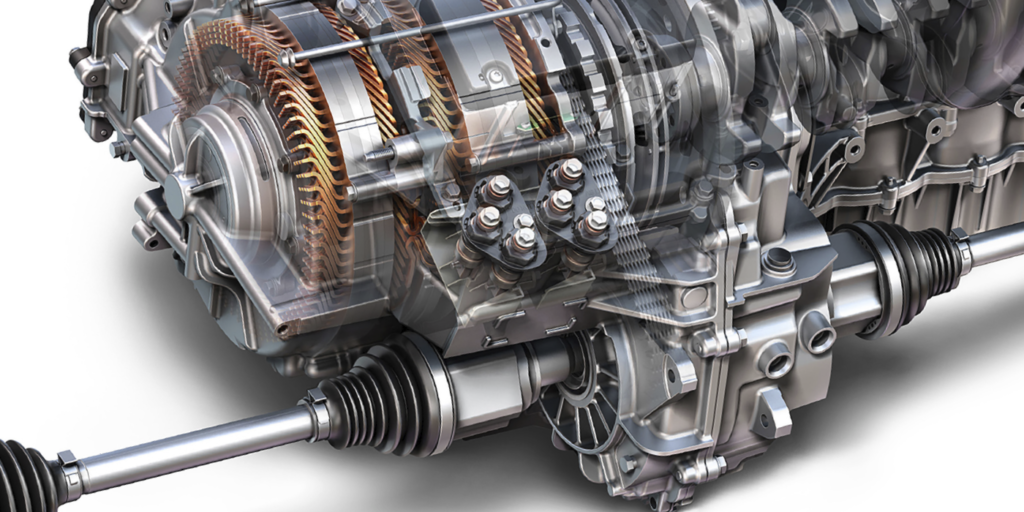As the winter season approaches, cooler weather becomes apparent in many parts of the country. With this cooler weather comes the common cool-weather-related driveability complaints.
Before you jump to any conclusions about a customer complaint, remember these points:
1. No vehicle runs as good cold as it does when it’s at normal operating temperature.
2. The customer has been operating the vehicle in more moderate temperatures for the past few months and has gotten accustomed to the way it has been running. Now, in cold weather, things are just not going to work the same.
3. Many areas of the country are still using gasoline blended for warmer temperatures and these fuels normally don’t atomize well in cooler temperatures.
4. Oxygenated and reformulated fuels that are in use in many parts of the country are normally harder to ignite in cold cylinders.
5. Many drivers get their gas at one station because it may be close to work or home. Question them about this and, if it’s true, suggest that they try a different brand of gas. (It may take a couple of tanks for them to notice any improvement.) Various manufacturers blend their fuels differently.
6. The 4EAT has a temperature sensor in the ATF and the Transmission Control Unit (TCU) will not allow an upshift into 4th gear until the ATF has reached a specified temperature range.
There are many reasons for a customer to complain of a driveability problem during cooler weather. The above points are the most common ones that the Technical Support Line deals with on a regular basis.
Technical service bulletin courtesy of Mitchell 1.
For more information on Mitchell 1 products and services, automotive professionals can log onto the company’s website at www.mitchell1.com.













